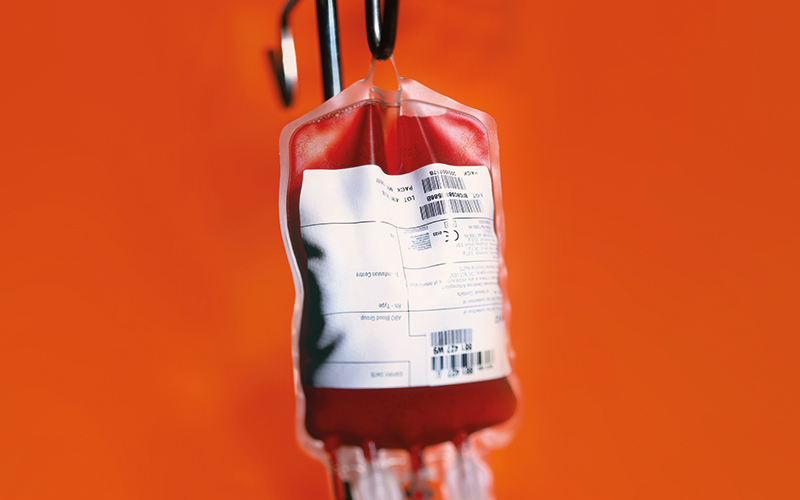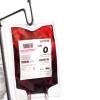A look back at how the Blood Stocks Management Scheme has evolved over the last two decades, some recent achievements, and what is planned for the next 20 years.

The Blood Stocks Management Scheme (BSMS) was established in April 2001, as a partnership between hospital blood transfusion laboratories and the then National Blood Service (NBS) upon request of the Department of Health, not only to maximise the use of donated blood, but to develop a deeper understanding of blood inventory management across the whole supply chain, which up to that point was largely held locally and unknown at the national level.
The scheme collects hospital red cell stock data, component issues and wastage data, together with blood centre stock levels and wastage, to support demand forecasting, identify trends and focus on wastage reduction. Analysis and reporting of hospital data encourages performance monitoring between peers, highlights good practice and has been pivotal for setting new key performance indicators.
Please click here to read the full article.
Image credit | Getty




